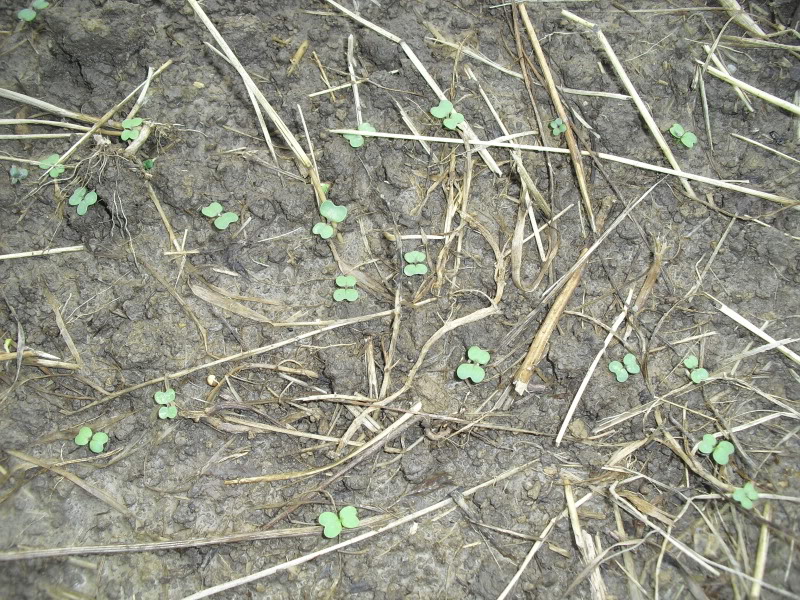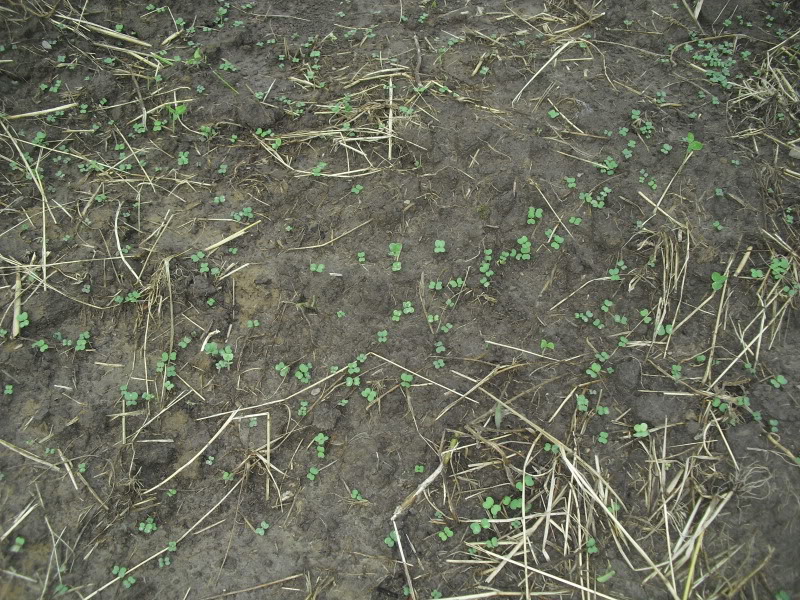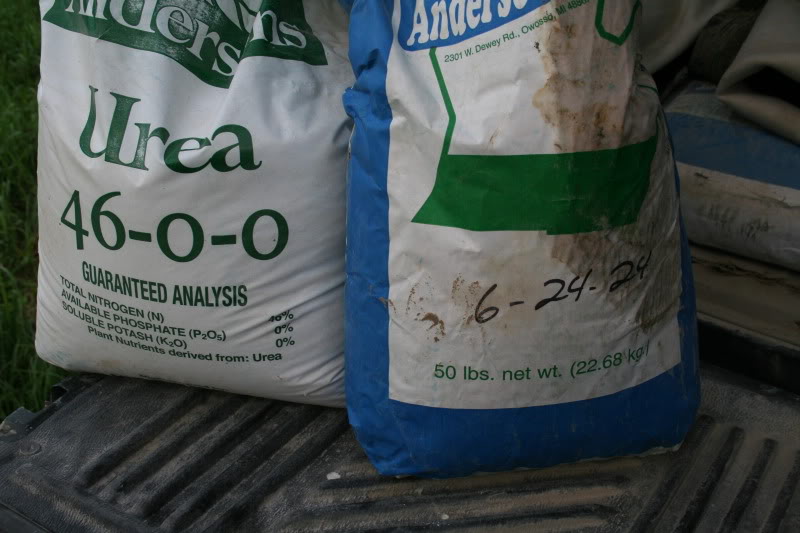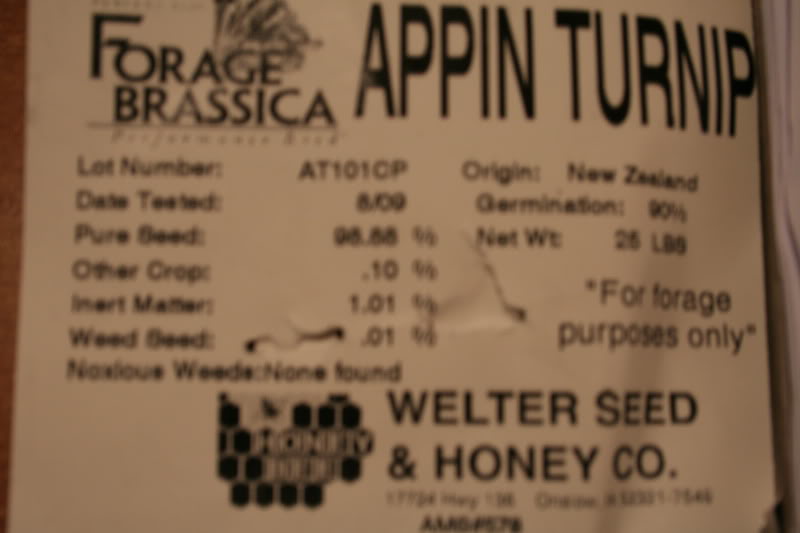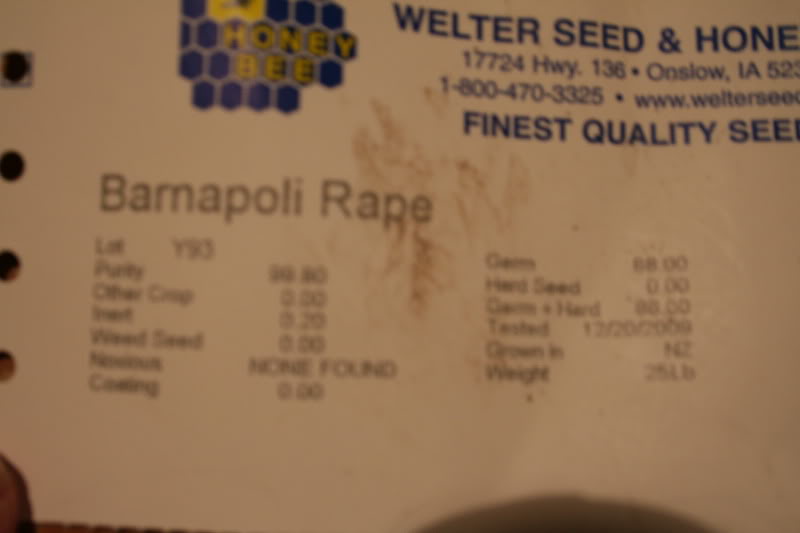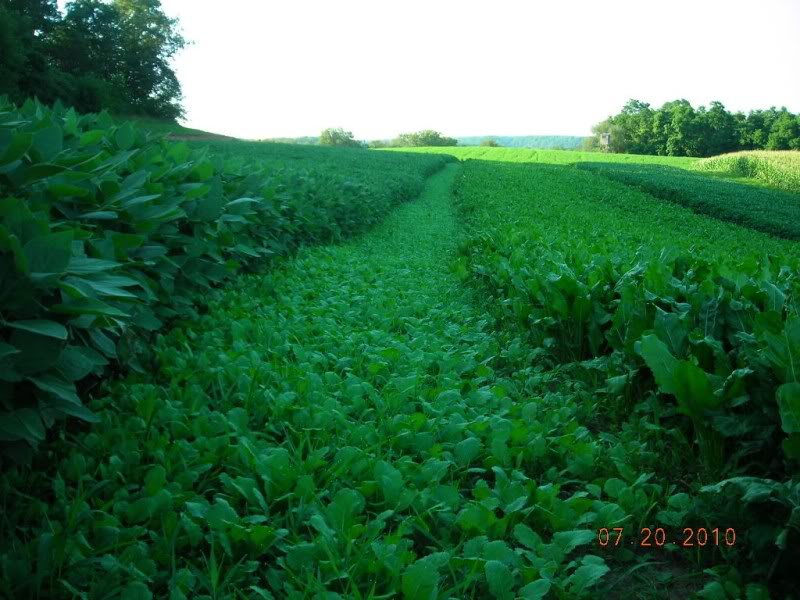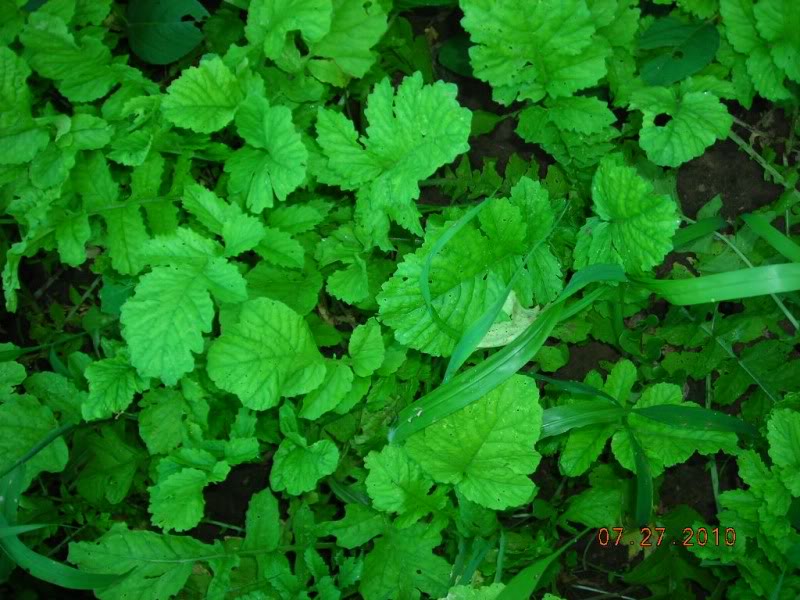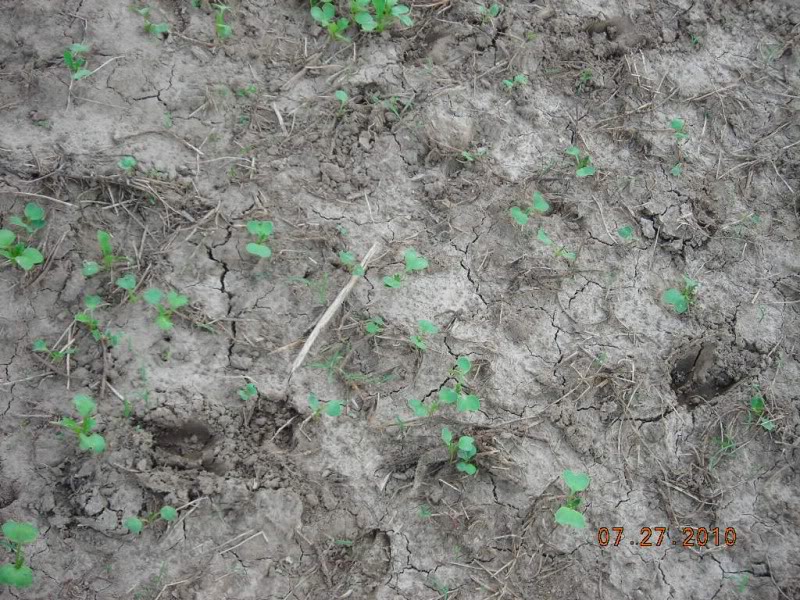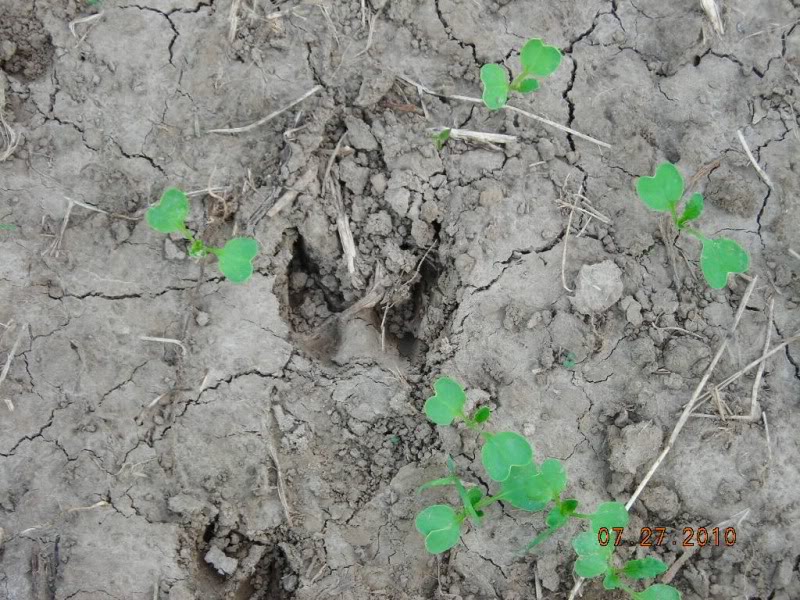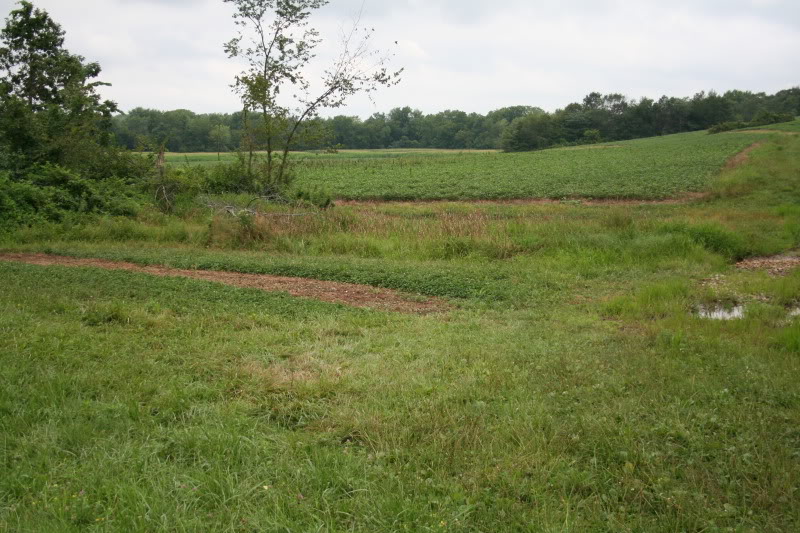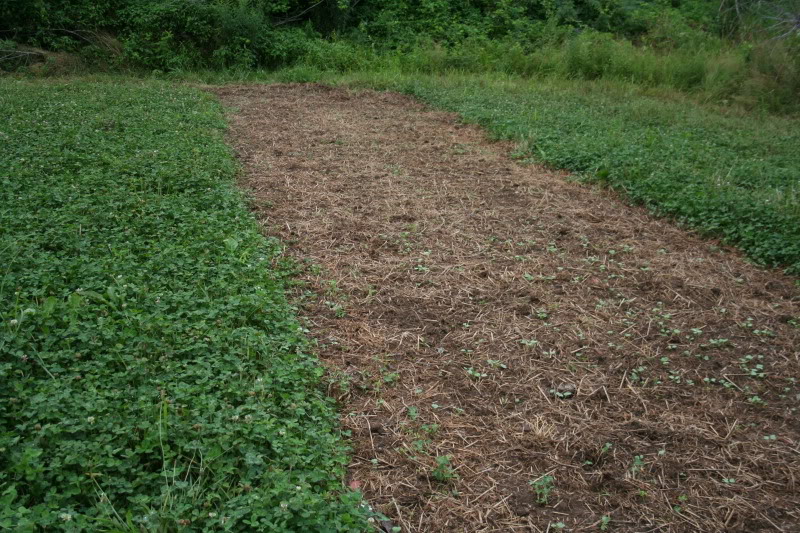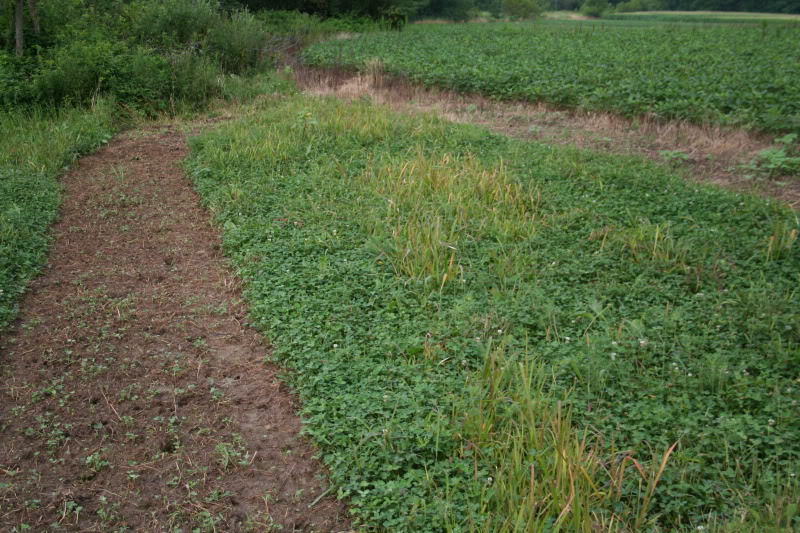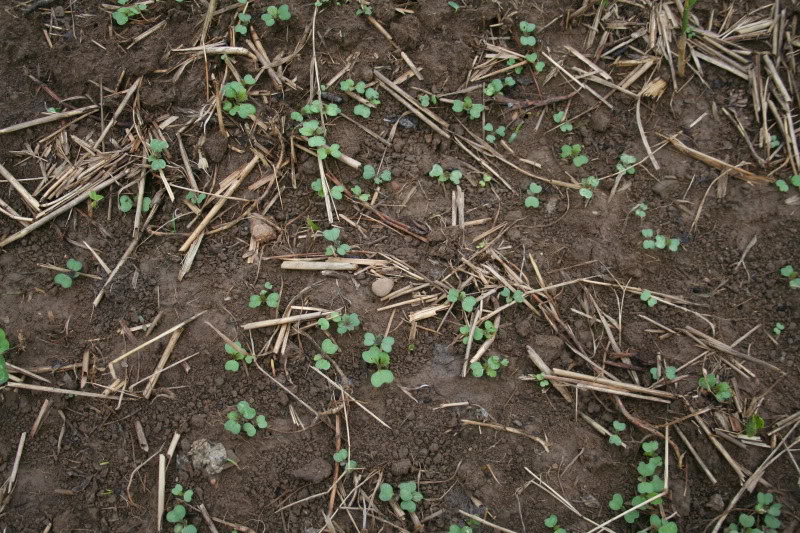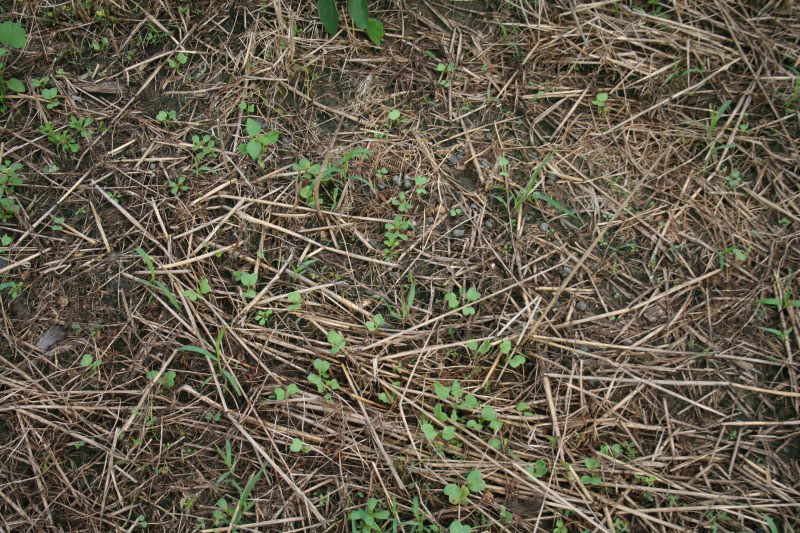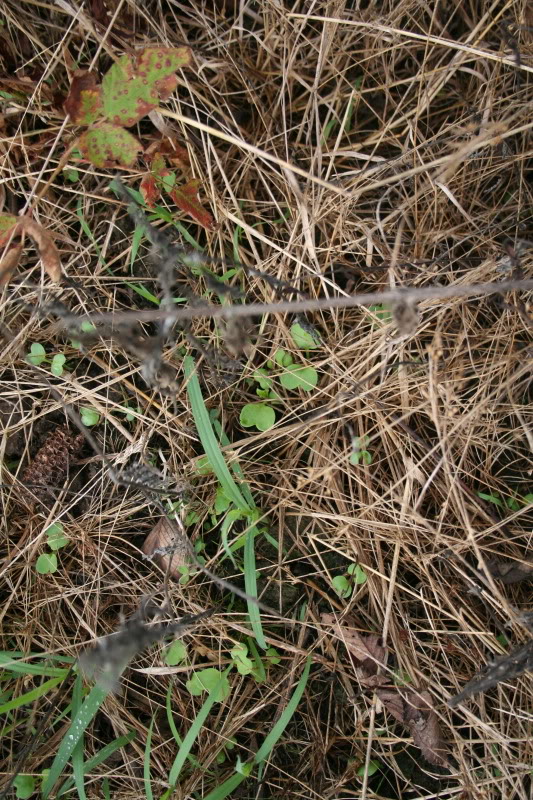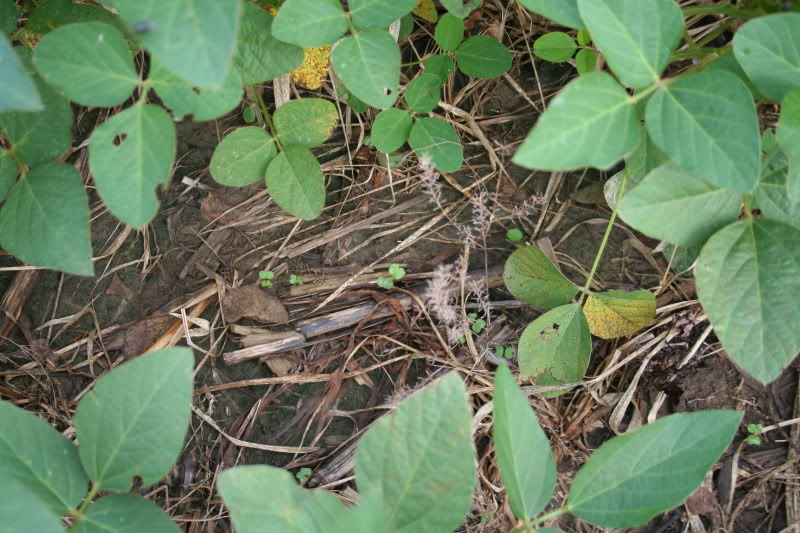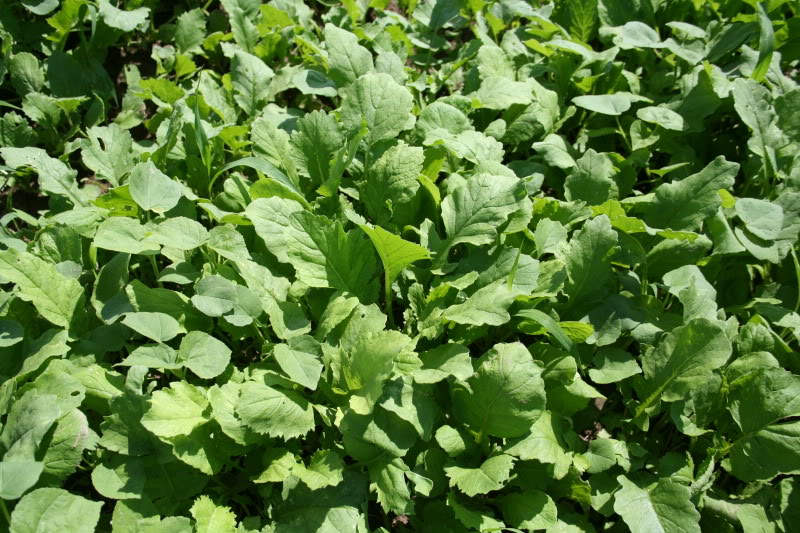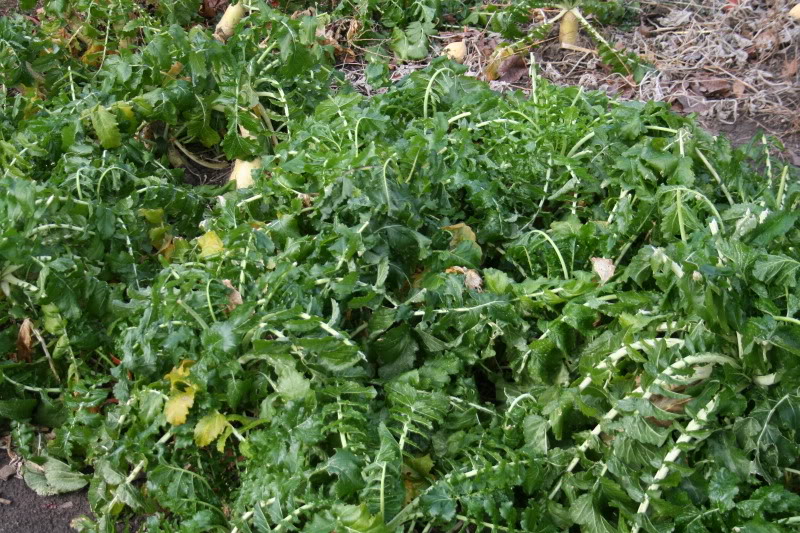dbltree
Super Moderator
July 20th Forage radish growth update
GroundHog Radish at 45 days

Strong robust growth with beautiful leaves.
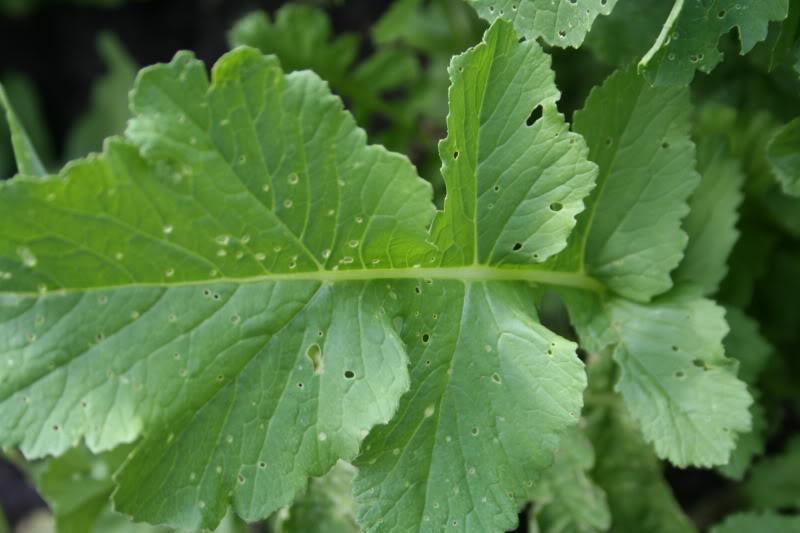
With plenty of nitrogen and copious amount of water it appears most of the growth is in the leaves although I have not pulled up a root yet.

The Tillage/Trophy versus GroundHog radish at 28 days
GroundHog (Trademark name)
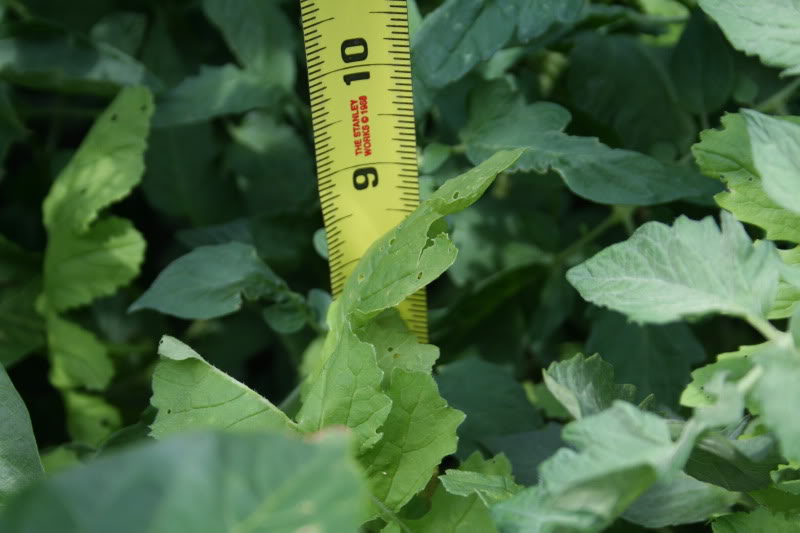
Tillage/Trophy (Trademark names)
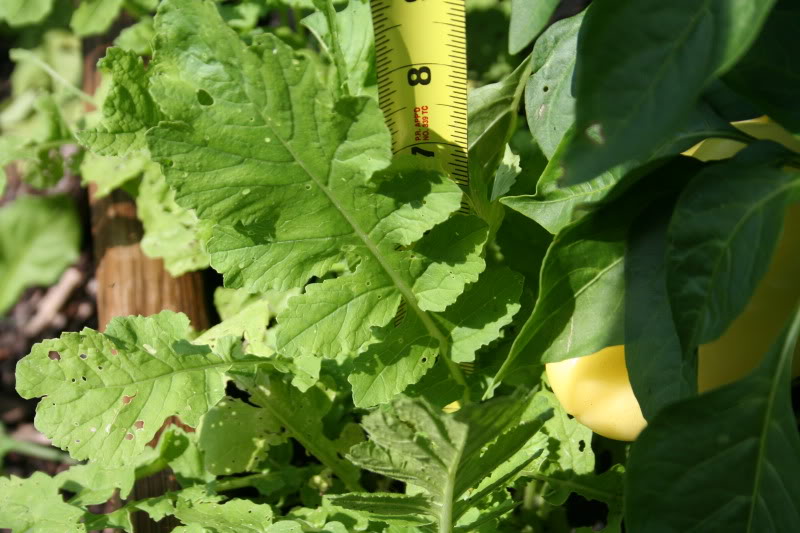
Virtually no discernable difference and since all of these are Variety Not Stated (VNS) seeds contract grown by growers in NZ, it's no surprise. The only obvious difference is in the price of the seeds with fair market price being in the $2.50-3.00 a pound range.
Pennington Seeds has purchased the Trophy brand (Trademark name only) but beware if the price is above the fair market value because it is all the same seed with virtually no difference that might substantiate a higher price ....
GroundHog Radish seed source
Tillage Radish seed source (open catalog)
I added GH radish at 5#'s per acre to my brassica mix for the second year in a row now and I will once again also add 5#'s per acre to my winter rye/pea fall mix because deer readily lapped them up regardless of when or where I planted them... :way:
GroundHog Radish at 45 days

Strong robust growth with beautiful leaves.

With plenty of nitrogen and copious amount of water it appears most of the growth is in the leaves although I have not pulled up a root yet.

The Tillage/Trophy versus GroundHog radish at 28 days
GroundHog (Trademark name)

Tillage/Trophy (Trademark names)

Virtually no discernable difference and since all of these are Variety Not Stated (VNS) seeds contract grown by growers in NZ, it's no surprise. The only obvious difference is in the price of the seeds with fair market price being in the $2.50-3.00 a pound range.
Pennington Seeds has purchased the Trophy brand (Trademark name only) but beware if the price is above the fair market value because it is all the same seed with virtually no difference that might substantiate a higher price ....
GroundHog Radish seed source
Tillage Radish seed source (open catalog)
I added GH radish at 5#'s per acre to my brassica mix for the second year in a row now and I will once again also add 5#'s per acre to my winter rye/pea fall mix because deer readily lapped them up regardless of when or where I planted them... :way:


